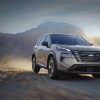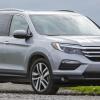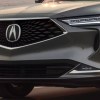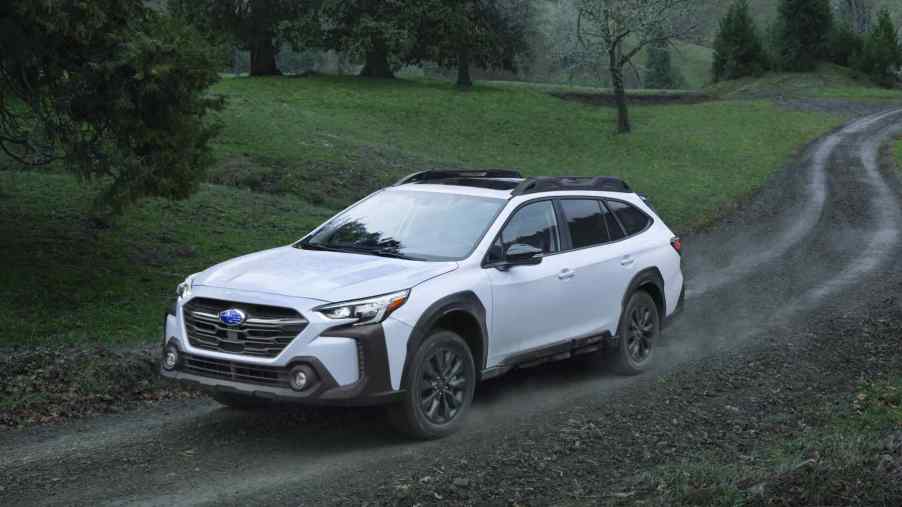
Subaru Outback: 2 Strengths and 2 Weaknesses
Pack up the trail mix – it’s time to look at the Subaru Outback. This perennially popular wagon-turned-SUV has maintained a loyal following for decades. Built on a reputation for versatile performance and a charmingly outdoorsy personality, the Subaru Outback continues to impress drivers today – but it isn’t perfect. Here are the Subaru Outback’s strengths and weaknesses.
Subaru’s midsize crossover continues to anchor its SUV lineup
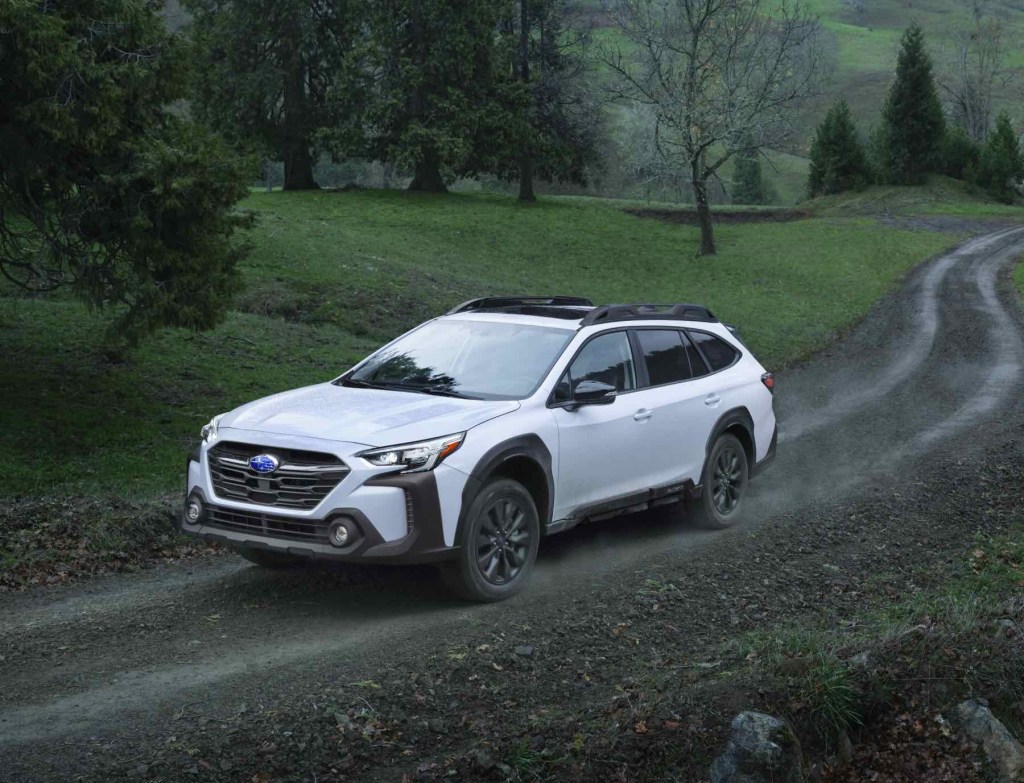
It isn’t the biggest Subaru SUV, but the Outback is undoubtedly the cornerstone of the brand’s lineup. The modern Subaru identity largely owes its existence to the Outback nameplate’s success.
For many drivers, the Outback is the Subaru model that sits in the sweet spot. It’s a bit larger and more robust than the Subaru Forester but smaller and more maneuverable than the Subaru Ascent. It’s the quintessential Subaru – yet it still has its drawbacks. Here are two strengths and two weaknesses that you can expect to find in the Outback.
2 essential strengths of the Subaru Outback
The Subaru Outback passes with flying colors regarding performance in poor weather conditions and overall safety packaging.
Outback has proven performance in harsh conditions
A combination of high ground clearance and standard all-wheel drive make the Outback a top choice for driving in challenging weather conditions. It’s commonly viewed as one of the best vehicles for winter driving.
The original Outback models of the 1990s became famous for offering SUV-like capabilities in more pedestrian wagon packages. The new models continue the story with their versatile and helpful capabilities.
As usual, the story starts with symmetrical all-wheel drive. Critics often cite the Subaru all-wheel drive system as a benchmark for the rest of the industry. It uses a center mechanical differential to disperse power between all four wheels, helping to ensure traction in snow, mud, rain, and more.
The Outback also benefits from high ground clearance. According to Car and Driver, the SUV offers 8.7 inches of ground clearance standard, while the Wilderness trim gets even more. That height makes it easier to clear snow and mud obstacles.
Safety is at the heart of the Subaru Outback’s identity
Subaru equips the new Outback with a robust collection of safety technologies.
According to Car and Driver, all 2023 Outback models come standard with EyeSight driver assist technology. This package includes several automatic safety features:
- Adaptive Cruise Control
- Lane Keep Assist
- Pre-Collision Braking
- Pre-Collision Throttle Management
2 weaknesses to consider for the Subaru Outback
While the Subaru Outback has clear strengths, it also has fuel efficiency and styling weaknesses.
The Outback has mediocre fuel economy
The Subaru Outback is not the most fuel-efficient crossover SUV on the market.
Car and Driver says the Outback is rated for 27 mpg city and 35 mpg highway with its base engine. The available turbocharged engine gets an efficiency hit, reaching only 24 mpg city and 32 mpg highway. Finally, the Wilderness package diminishes fuel economy even further with its bigger tires and higher ground clearance.
These efficiency ratings are relatively mediocre in the modern crossover market.
Its Updated styling is controversial
Subaru recently updated the looks of the Outback, and reactions have been mixed. The brand has leaned into a corporate style that emphasizes black plastic cladding. It aligns with Subaru’s outdoorsy identity, but not everyone loves the new look. Whether the new Outback’s looks will age gracefully is yet to be seen.
Is the 2023 Subaru Outback a good SUV?
Despite several weaknesses, the Subaru Outback is still an excellent SUV. Its distinct performance strengths set it apart from rivals, and its crunchy personality speaks to plenty of modern drivers.
